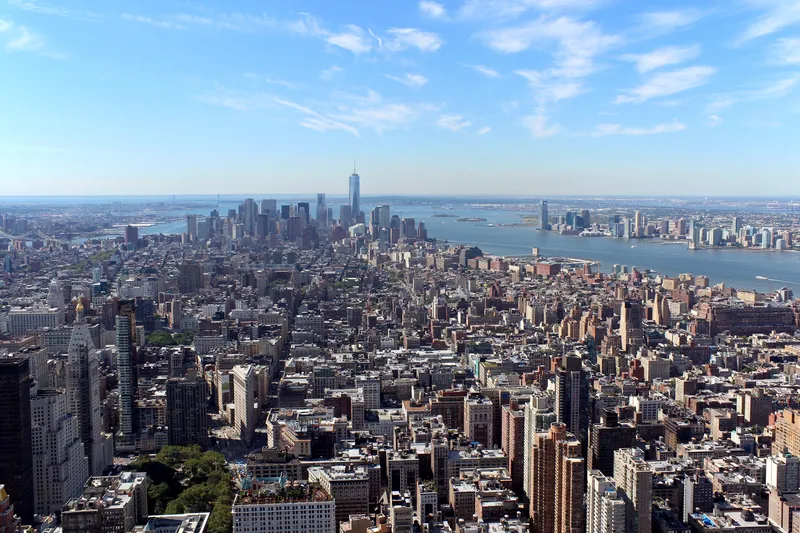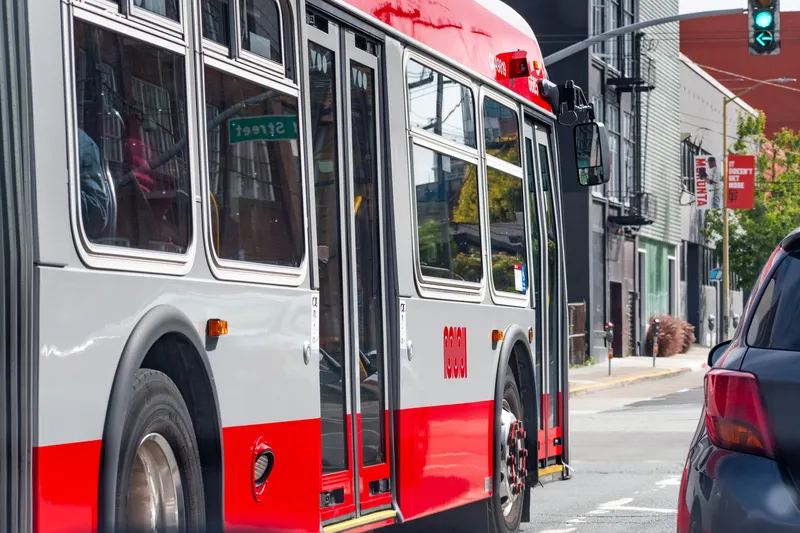
Andrew Bardin Williams looks at 20 years of multimodal transport in the Sun Belt and beyond and the key requirement for user engagement.
Phoenix residents will head to the polls in August to decide whether to implement a three-tenths of a cent sales tax to fund the city’s new multimodal transportation plan. It will be the second transportation-related sales tax hike in the past 15 years yet city officials and advocates expect the resolution to easily pass—despite the strong anti-tax environment that has dominated US politics in recent years.
The reason is simple. Twenty years after the first issue of ITS International hit newsstands, people have finally accepted that continuing to endlessly expand single-occupancy automobile transportation is unsustainable.
While traditional multimodal efforts in New York, Boston, Chicago, San Francisco and other large cities were out of necessity due to sheer density, new multimodal transportation plans are cropping up in smaller cities across the country as Americans of all stripes are finally realising that their dependence on automobiles is having dangerous repercussions beyond getting people from point A to point B. It’s environmental, economic and health concerns that have fuelled a rise in multimodal transportation planning in recent years, and it’s cities throughout the Sun Belt that are leading the renaissance of multimodalism today.
Cities like Phoenix and San Antonio expect massive population growth in the next several decades, and officials realise they can use transportation solutions to help solve non-transportation issues like economic inequality, the obesity epidemic and the release of carbon emissions into the atmosphere. Think that transportation planners in New York in 1995 were considering the effect of bus routes on unemployment? Probably not. But today they are, thanks to a new wave of engineers and planners.
Tipping point
According to the US Department of Energy, per capita automobile ownership rose steadily into the 1990s, but growth started to slow in 1996 and actually peaked in 2006. During this time, transportation planners rationally dedicated resources to road transportation, funnelling money to highway and interstate expansion while transforming urban areas to be better accessible to automobiles through one-way streets, thoroughfares and surface parking.
Demographics are changing however. According to the American Public Transportation Association (
“The Millennial generation is less interested in automobiles and living in areas that contribute to sprawl and more interested in walking, biking and public transit,” said Todd Litman, founder of the Victoria Transportation Policy Institute (VTPI). “But it’s not just a generational shift of young people moving to urban areas. There are structural changes happening throughout society—including environmental, health and economic.”
Small towns
These changes even have small towns recognising the need to give people more transportation options. Cities in the Southeast like Chattanooga, Tennessee, and Charlotte North Carolina—not exactly bastions of progressive policymaking—are implementing multimodal transportation strategies that are making it easier for residents to take advantage of city centres. Revitalising downtowns is big business these days, opening up previously undesirable neighbourhoods to nightlife, shopping and public events, and city officials realise they need to be walkable and accessible to everyone.
However, it’s not that simple. Multimodal transportation systems are complex, dynamic networks that are at the whims of weather, poor driving habits, construction and special circumstances such as accidents and events. Everything has to work together, and planners have to consider every possible outcome. The problem is that multimodal systems are defined by their weakest link. If someone doesn’t have a safe or efficient route to walk to a bus stop they will likely stick to automobile travel—even through the long-term cost is much more than riding the bus. Likewise, if the subway is dirty, inconvenient or expensive, people won’t use it.
According Litman, cities need a holistic approach to analysing the entire transportation network in a systematic way. It’s not just about moving people from point A to point B; cities need to create a healthy place to live to help reduce heart disease, respiratory problems and obesity. They need to create a healthy business environment that creates employment opportunities to all members of the community. And they need to ensure resources are consumed responsibly so that future generations have the same opportunities that past generations have enjoyed. Cities are recognising that having a sustainable multimodal transportation policy is the best way to ensure these goals are being met.
New thinking
New, comprehensive transportation strategies in cities across the U.S. are proving that planners and engineers are looking at transportation planning in a new way—one that sees an effective transportation network as part of a greater municipal strategy that takes into account economic policy, land use, public health, accessibility and other quality of life issues.
“Now the old geezers are starting to retire. Young engineers and policymakers are displacing regulators who grew up in a car-centric culture. This new blood is allowing for broader thinking,” Litman said.
Two examples of new blood making a difference can be seen in Phoenix and San Antonio.
City officials in San Antonio, buoyed by the hiring of up-and-comer Terry Bellamy out of Washington, D.C. as the new assistant director of the transportation and capital improvements office, recently announced a three-pronged planning effort to guide the city towards smart sustainable growth by merging the city’s Comprehensive Plan, Sustainability Plan and Multimodal Transportation Plan in a single effort. Dubbed SA Tomorrow, the plan will provide guidance on how the city will develop over the next 25 years to accommodate the 1.1 million additional people who will be living, raising a family and working within San Antonio.
The plan focuses on expanding the city’s public transit system while encouraging the growth of bicycle commuting across the city’s extensive public land system. Funding for road improvements to make surface streets safer for non-automobile traffic is also a stated goal.
Presented to the public in April, the plan took advice from the mayor’s Active Living Council, a citizen’s group that advises the city on how smart infrastructure planning can help promote healthy lifestyles. According to the plan’s website SATomorrow.com, the planning process will bring together neighbours, institutional stakeholders, technical experts, city staff and outside consultants through working groups, study sessions, stakeholder interviews, community workshops and public meetings. The city hopes to create 20,000 touches with the public throughout the process.
“It’s hard to get San Antonio to think about the future. We have a healthy economy, a high quality of life and congestion is low,” said Trish Wallace, transportation planning manager for the city. “But we can only expand the freeway so much. If we don’t do anything to address growth, that quality of life isn’t going to be there in 20 years. We can’t build our way out of our problems.”
Nearly 1,000 miles west, Phoenix is attacking its growth and sprawl problems with a new transportation plan that will run through 2050. With state and federal funding drying up, the city needed to raise additional capital to fund a true multimodal plan that tied the city’s streets, sidewalks, light rail, bus and bicycle lanes in a single network. The result will triple light rail miles, double the budget for general street improvements, integrate fare systems and upgrade the bus system by expanding service hours and implementing BRT to alleviate congestion. In addition, better coordination between transit systems and their schedules will ensure that riders have the convenience they need to take advantage of all transportation modes.
Public engagement
Like in San Antonio, the key to getting the proposal on the ballot was public engagement, according to Maria Hyatt, director of the Phoenix Public Transit Department. Early in the process the mayor and the city council formed a citizen committee to provide guidance to the plan’s authors. Hundreds of public forums are being held throughout the city where officials hope to engage with more than 4,000 concerned citizens.“Our streets are at capacity, and we can’t just continue to add lanes,” Hyatt said. “We need to have room for cars, but we need to provide our citizens with options.”
Eyes will be on Sun Belt cities Phoenix and San Antonio as officials work to get public support for sustainable transportation plans that focus on multiple modes of transportation. If successful, other cities across the US will follow up with plans of their own, working to solve the new environmental, economic and health challenges of the 21st Century. The goal, reiterates Litman of VTPI, is to reduce car ownership per capita—a goal that should lead to cleaner, safer, healthier communities.










